An interview with Viennese gallerist Sophie Tappeiner
With her namesake gallery, Sophie Tappeiner is one of the prominent young art dealers to emerge from Vienna in the last five years
Not counting the large art world cities of Berlin and Paris, Vienna has seen the greatest surge of new art galleries in Europe of the last few years. If not alone responsible for shaping Vienna’s reputation as a gallerist hatchery, Sophie Tappeiner [Here is the gallery’s website. Ed.] is a prominent contributor to say the least. Her program of exhibitions and list of artists well highlight the issues of her generation, although there is nothing dangerously literal or academic in what she shows. She also embodies a certain Viennese new art dealer who is preoccupied with both the local and not, as it’s going to be proved by the solo exhibition of Jasmine Gregory (American) that she is presenting at 2023 edition of Liste in Basel.
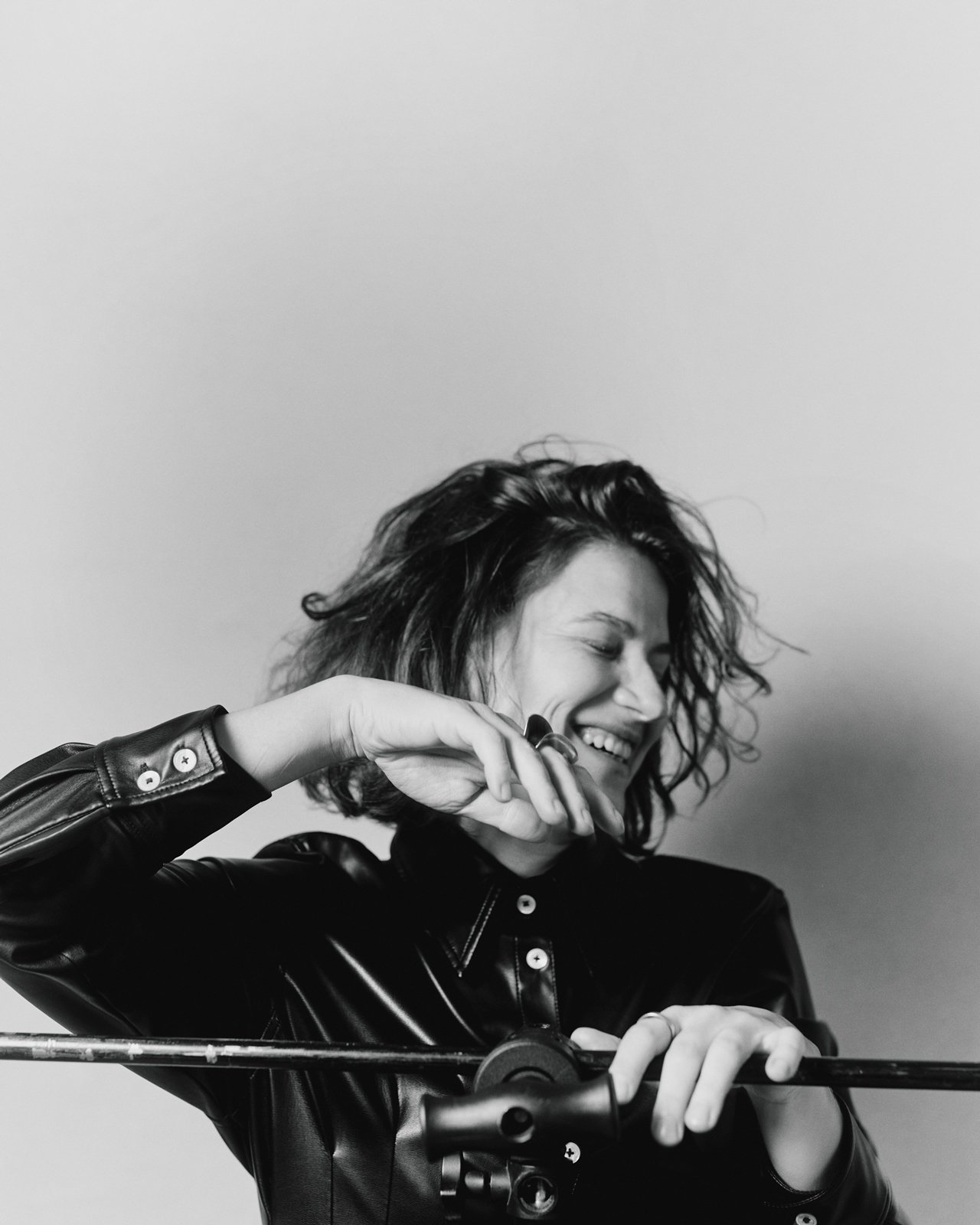
How did you start your gallery?
After years in London, I came back to Vienna, my hometown, in 2014, initially working for a project space. Thinking about how I could contribute to the city’s art scene, I decided to open the gallery in May 2017. This was a time when Vienna still lacked young commercial galleries; I felt these were necessary for the city’s fabric, which consisted of an otherwise lively scene of independent spaces, established galleries and institutions. Moreover, the two art academies in Vienna were, and still are, producing really great artists, who need gallery representation to gain access to other contexts or greater visibility on an international level.
Can you say something about the project space you ran before your gallery?
It was the project space of two art and antiques collectors; eccentric people who were deeply invested in myriad forms of cultural production, from medieval armors to Vasarely works and so much in between. The idea was to invite contemporary artists – Maurizio Nannucci and Kerstin von Gabain among others – to put on shows in conversation with the collection.
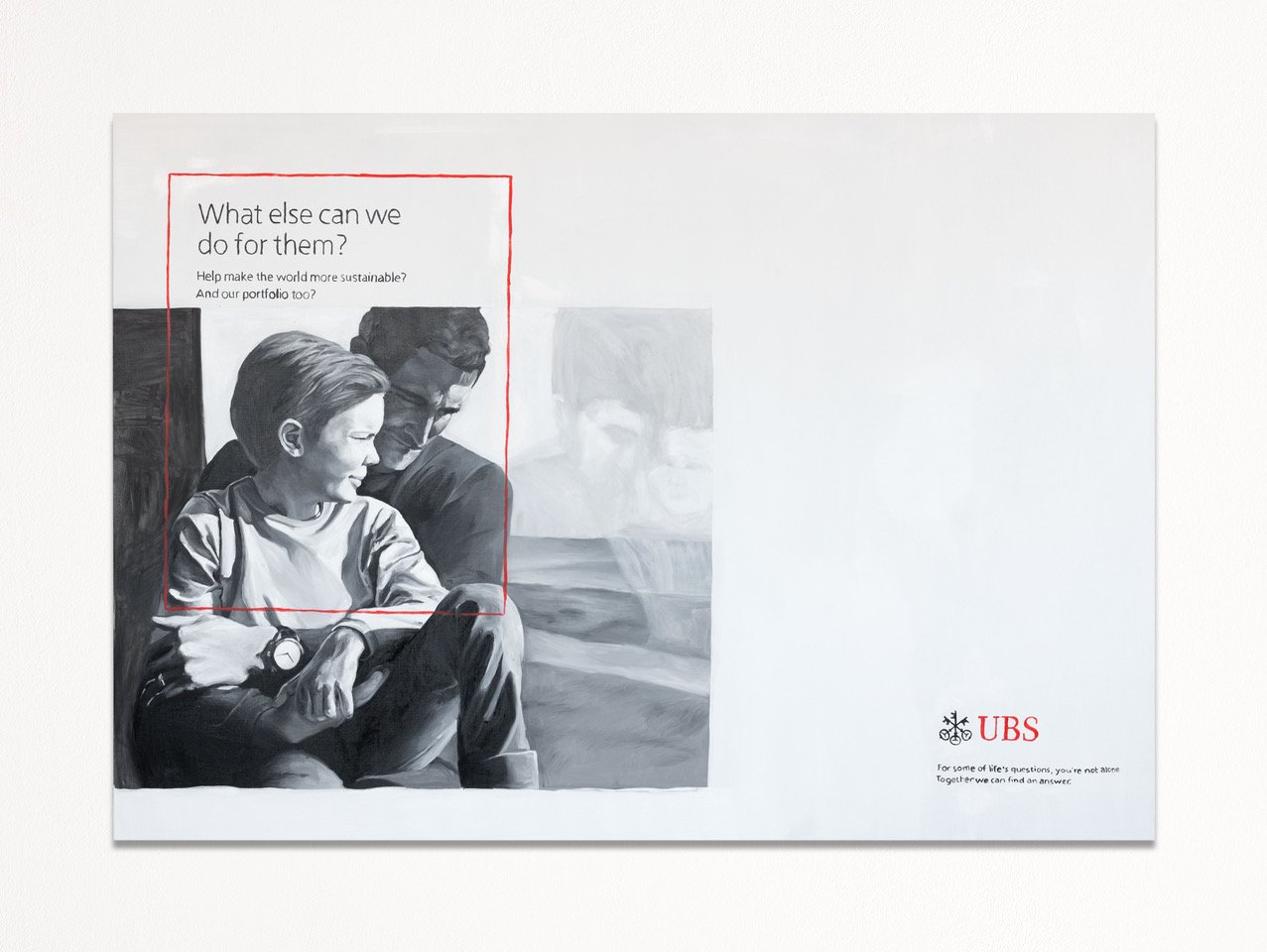
Karrer, © Flavio Karrer
How did you make the jump from that position into running your own gallery?
Although the exhibitions in the project space always involved ongoing discussions with the artists on how to develop a project that would fit into their larger art practice, after the show was finished I had to move on to the next one straight away. I realized I enjoyed establishing longer-term relationships with artists; that it was a shame to build all this knowledge about their work, to develop a certain intimacy even, only to shift to something else. I also thought that by working with artists on a more continuous basis I’d make myself more useful to them.
What is your background?
As a student in London, I took art history and business. It was learning about the history of past collections that influenced my approach to dealing with clients, building long-term relationships with them and understanding how a singular work can be contextualized in a collection. I also worked at an auction house and as a studio manager for an artist, prior to working in a gallery. All of these jobs enabled me to gain different perspectives on the art world more generally, as well as an insight into artists’ perspectives on the art market.

Interestingly you talk about both your artists and clients as long-term relationships.
While I understand the gallery as an agency for the artists it represents, they also constitute the gallery. The represented artists give the gallery its identity, and as they grow individually, so does the gallery. It is important to me that I can focus on the artists’ practices as they evolve, and that a certain closeness can develop between us, as in a tightly knit community, a team. It’s the continuity that makes these relationships so fruitful and rewarding. In my eyes, the same goes for clients, which includes curators, as well as private collectors – those who follow the narrative of an artist’s career specifically or the gallery’s program more generally, keeping up with exhibitions and developments within a practice are integral to the ongoing conversation between the artists and the collections in which their works find a place. The better I know a client the more precise I can be in advising them, as I understand their perspectives and tastes better.
How would you describe your program to someone who doesn’t know it yet?
I want to facilitate a positive and responsible contribution to cultural, societal and political shifts and progress, which I believe can be recognised in the exhibitions. The program also reflects my love for materiality and the physical world. There is a strong focus on the body and the co-constitution of being and the world around us. Of course, each individual artist influences the aesthetic of the program in their own way, but they all share a tendency towards explorational materiality and a strong sense of figurative presence.
What was important to me in the beginning was that the majority of the artists in the program were based in Austria, as I wanted to offer international visibility for the young, local scene. Now that there are more young galleries in Vienna as well as other cities in Austria, this is no longer a priority.

How does artist representation work for you?
It is a mutual decision. Vision and dreams have to align. Trying out a few projects together is important for me to see if trust can be built, both in ethical and personal terms. But each individual artist comes with a different personality, practice, and at a specific moment in their career, thus the actual collaboration with each artist comes with individual requirements. I also try to foster a community around the gallery which is permeable, and through it there emerge new insights and perspectives.
What is your gallery like in terms of architecture?
The gallery has always been in the same space in Vienna since I started it. It is very central, next to other galleries. It has been important for me to be in a hub of galleries, to help visibility and make it easy for visitors who come into town for short visits. The space also has a history as an art venue: the art university rented it for lectures before I took it on. And though I’m not really superstitious, I will say that there used to be a convent on the same ground, and that Grita Insam once used it as a gallery space too…!
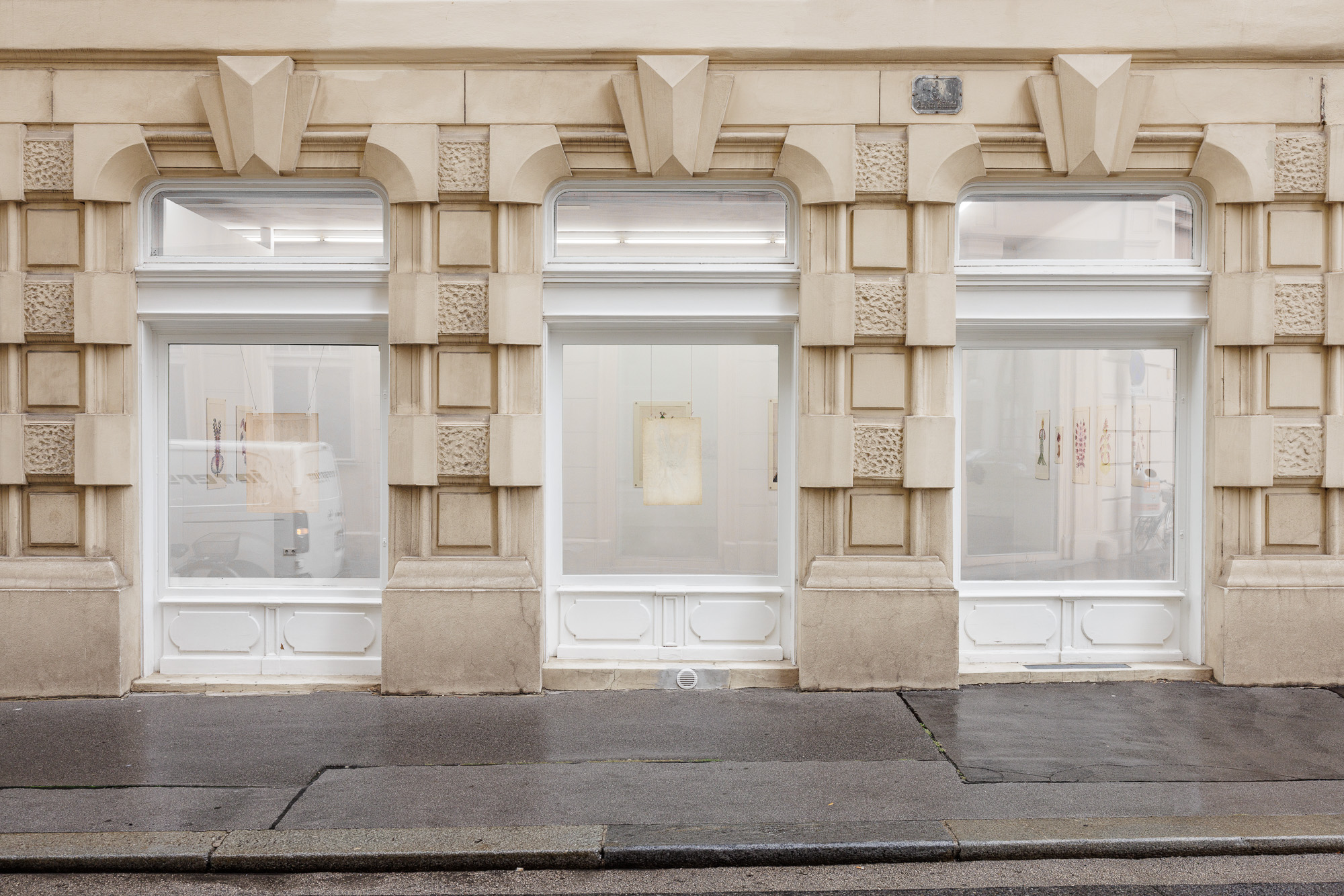
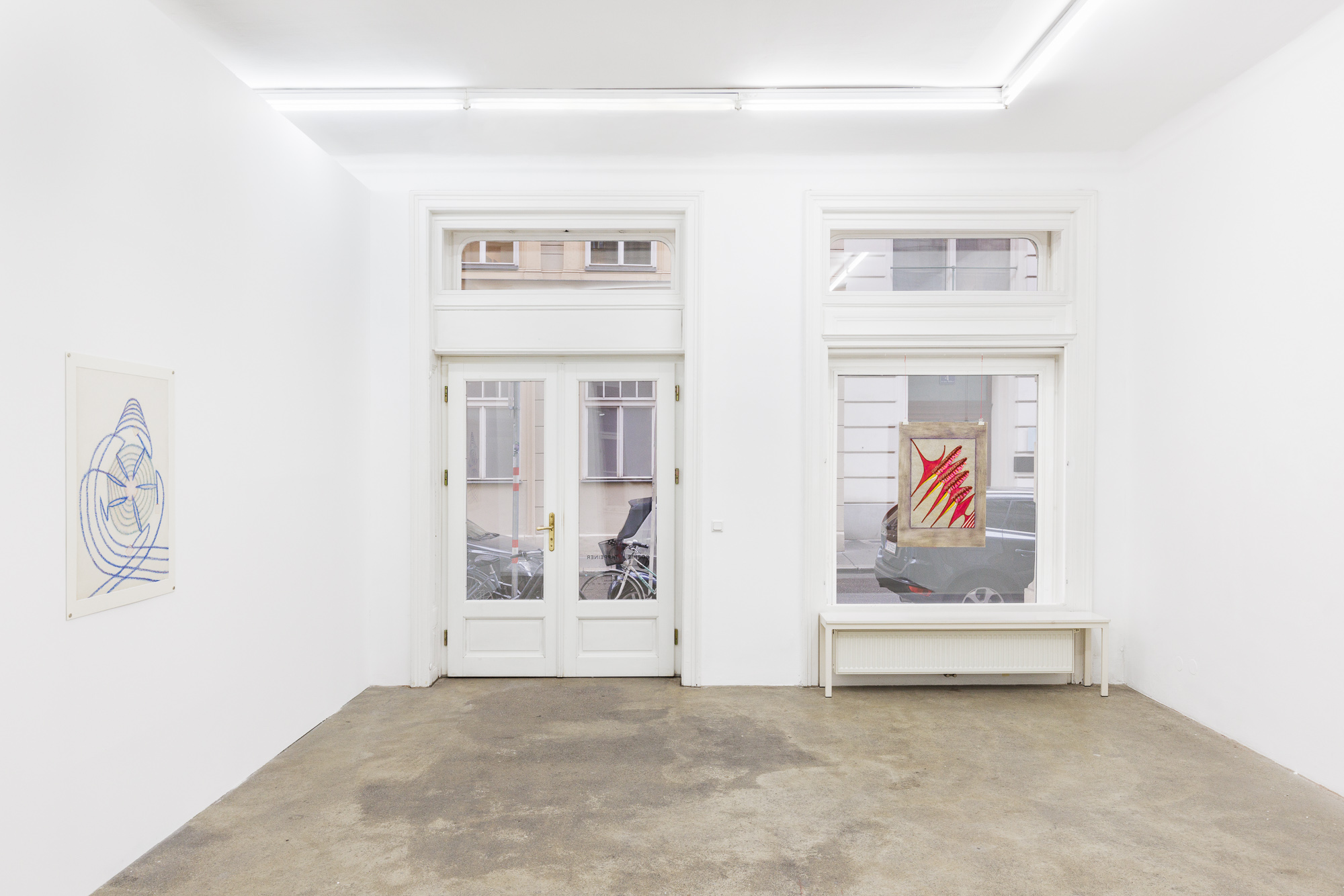
What’s specific about art collectors in Vienna?
I am always impressed by how closely some local collectors follow the program: people really check in and remember what I do. More and more people are becoming willing to make their first forays into collecting contemporary art, or at least learning about it, which makes for many exciting and unexpected developments. I believe this has been made possible in part by an increasing number of colleagues who have opened galleries in Vienna in recent years.
Of all the ways a gallery can support its artists, which one do you enjoy the most?
I enjoy how versatile you need to be to develop a way forward for your artists. Every practice has its own requirements, and of course, every artist is an individual requiring personalized strategies. Fixing a museum show comes with a set of different conditions from a gallery show, or an art fair; dealing with a vast variety of stakeholders, helping with production, the logistics etc. All of these things make my job very diverse, and I love that. Especially in the discussions with the artists, there has to be a certain closeness with every single one of them and their ideas, so that I can know how to support them with their particular working and thinking processes.
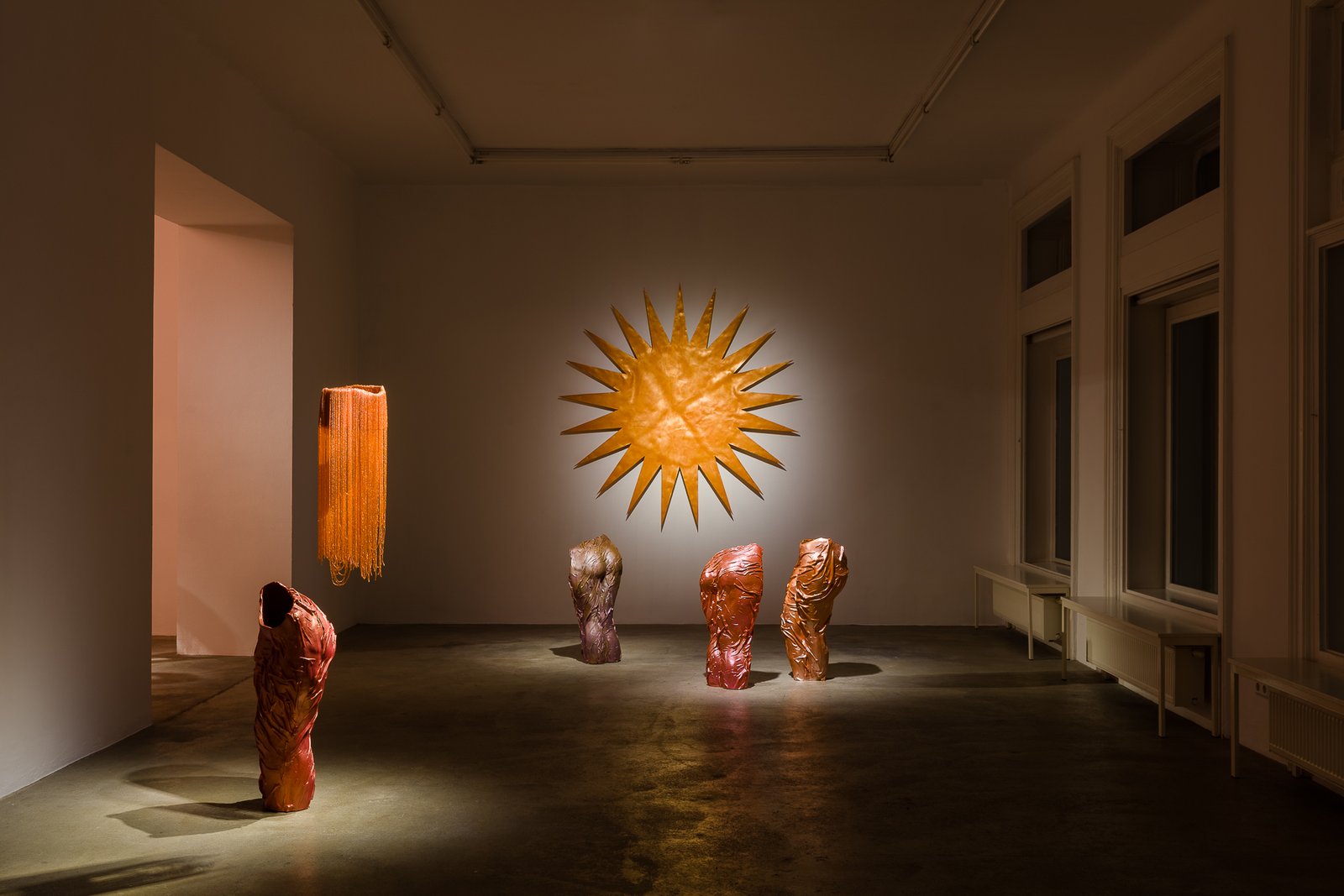
What’s your history with art fairs and what fairs do you plan for the future?
While I feel somewhat ambivalent about art fairs, they have been crucial for the development of the gallery. So far, the gallery has mainly been present at European fairs. Last year, we participated in Art Basel Miami Beach for the first time, and I’d certainly consider participating in other fairs outside of Europe in the future. What interests me most, however, are alternative ideas around how one can generate international visibility in new ways. Hence, I’m really excited about concepts like Condo or yours [CFAlive. Ed.] – projects that demand another kind of commitment to a city, put emphasis on collaboration, organising an exhibition and making connections with the local network at the same time.
June 29, 2023
